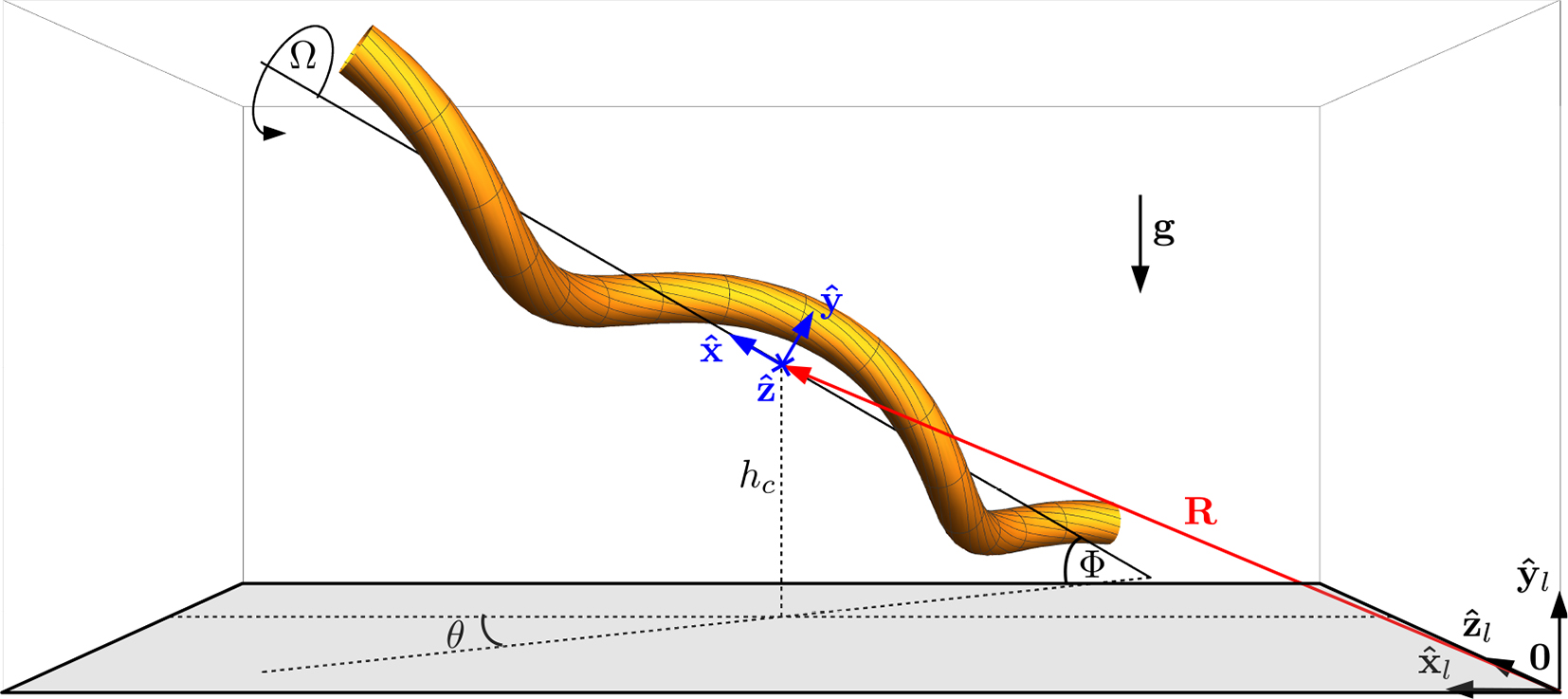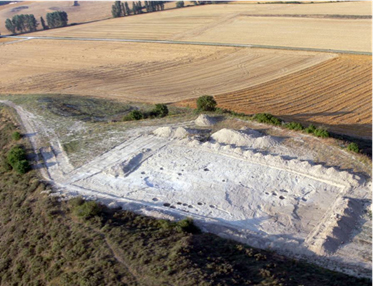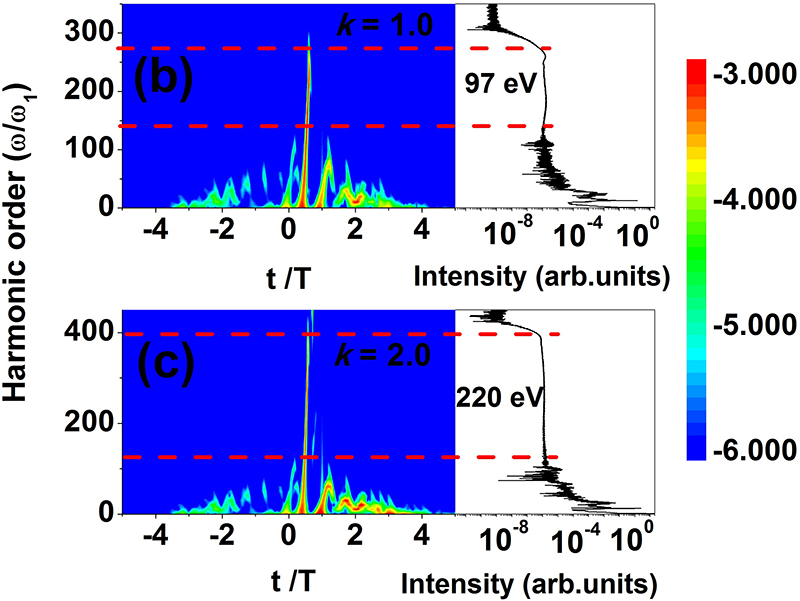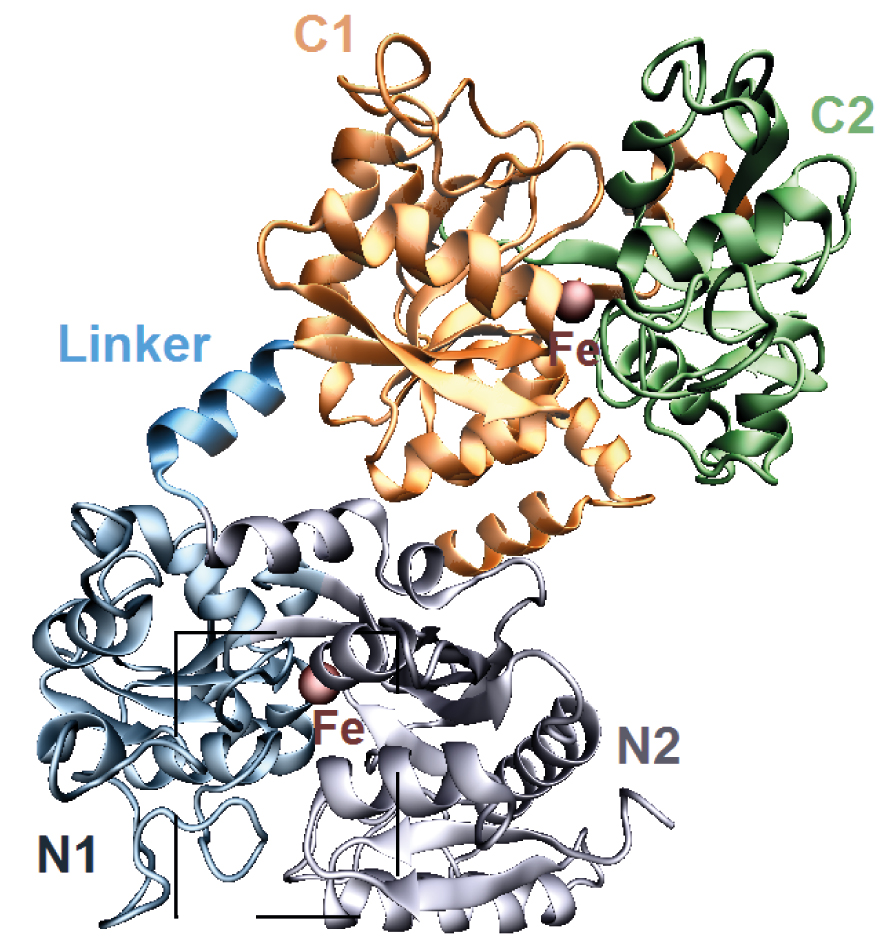News
EPJ Plus article on climate change and safety implications selected for Springer Nature Grand Challenges Programme
- Details
- Published on 16 October 2018

In modern times, assessing the impact of climate change on the vulnerability of radiological practices is necessary to implement risk management policies and secure facilities.
Global warming goes hand in hand with increasing instances of climate-related natural disasters such as storms, droughts, floods, and rainfalls. The effects of climate change, beyond having a tremendous impact on ecosystems, are also remarkable risk factors for anthropogenic systems (some examples include infrastructure, agriculture, and tourism).
In Europe, flooding events have increased in the last few years, particularly in the Mediterranean region, which has a high climatic risk because of its complex orography and the presence of human activities.
In the European Physical Journal Plus, G. M. Contessa et al. analyze the influence of climate change on human activities involving ionizing radiation in Italy.
EPJ E Highlight - Bacteria-inspired motility could power a new generation of mini-robots
- Details
- Published on 16 October 2018

Physicists develop a model to explain how deforming a helix could generate additional locomotion for some microorganisms and mini-robots
Many microorganisms rely on helices to move. For example, some bacteria rotate a helical tail, called a flagellar filament, for thrust and deform these tails during rotation. In addition, some types of bacteria, named Spirochaetes, rely on the deformation of a helical body for their motion. To better understand such locomotion mechanisms, scientists have created mathematical models of mini-robots with helical structures, referred to as swimmers. In a recent study published in EPJ E, Lyndon Koens from the University of Cambridge, UK, and colleagues, identify the factors enhancing the agility of deforming helix swimmers.
EPJ B Colloquium - A retrospective on Hardy Gross’ work
- Details
- Published on 09 October 2018

In this EPJ B Colloquium, Carlos Fiolhais offers a brief retrospective on the important scientific contributions of Hardy Gross during 25 productive years of his career, from 1976, when he published the first paper his doctoral years, until 2000, when he moved from Würzburg to Berlin. Fiolhais traces all of Gross’ publications and points out the most impressive scientific achievements, punctuating the physics with episodes from the life of Hardy Gross and other physicists in his circle, which adds extra colour to this piece.
EPJ B Highlight - Freeloaders beware: incentives to foster cooperation are just around the corner
- Details
- Published on 08 October 2018

Numerical simulations show that it is possible to coerce people to collaborate for the common good
In our society, there are always a certain percentage of people who adopt a freeloader attitude. They let other members of society do all the work and do not do their part. By not contributing their share of effort, to the detriment of the rest of society, freeloaders pose a serious social threat, and can even lead to social collapse. In a new study published in EPJ B, Chunpeng Du from Yunnan University of Finance and Economics, Kunming, China, and colleagues show that it is possible to incentivise members of society to cooperate by providing them fixed bonuses and, thus, prevent freeloader behaviour from becoming prevalent.
EPJ Plus Highlight - Statistical method recreates the history of a long-abandoned village
- Details
- Published on 05 October 2018

History revealed by integrating multiple layers of clues from medieval village remnants
Archaeologists now have new tools for studying the development of medieval villages and the transformation of the historical landscapes surrounding them. In a study recently published in EPJ Plus, scientists have attempted to reconstruct the history of Zornoztegi, an abandoned medieval village located in the Basque Country, Spain. To do so they rely on the various analysis methods available to archaeologists, including radiocarbon dating, archaeological and historical records, archaeobotanical and optical microscope analyses of samples found on the site, together with a statistical analysis model. Paola Ricci from the University of Campania “Luigi Vanvitelli” in Italy and colleagues used this approach to establish the history of the village in the time leading up to the Middle Ages.
EPJ B Highlight - Precise electron spin control yields faster memory storage
- Details
- Published on 05 October 2018

New ultra-fast laser method aims to improve control over the electron’s degree of freedom, called spins, could enhance memory storage devices
Data storage devices are not improving as fast as scientists would like. Faster and more compact memory storage devices will become a reality when physicists gain precise control of the spins of electrons. They typically rely on ultra-short lasers to control spins. However, improvement of storage devices via spin control requires first to develop ways of controlling the forces acting on these electronic spins. In a recent study published in EPJ B, John Kay Dewhurst and colleagues, have developed a new theory to predict the complex dynamics of spin procession once a material is subjected to ultra-short laser pulses. The advantage of this approach, which takes into account the effect of internal spin rotation forces, is that it is predictive.
EPJ Data Science Highlight - Listening to the changes in the urban rhythm
- Details
- Published on 01 October 2018

Cities evolve and undergo constant re-organisation as their population grow. This evolving process makes cities resilient and adaptive but also poses a challenge to analyse urban phenomena. For a long time, there has been evidence that suggests temporal and spatial regularities in crime, but so far studies about this have been based on the assumption that cities are static. A new study published in EPJ Data Science takes these factors into consideration and analyses spatio-temporal variation in criminal occurrences.
(Guest post by Marcos Oliveira & Ronaldo Menezes, originally published on the SpringerOpen blog)
EPJ D Highlight - Attosecond pulse leads to highest molecular level probe resolution
- Details
- Published on 01 October 2018

A team of Chinese physicists has published a study explaining how to turn low-intensity infra-red beams into high-intensity X-ray beams, opening the door to ultra-fast pulsed energy sources for ultra-high time resolution probes
Attosecond pulses enable physicists to probe dynamic processes in matter with unprecedented time resolution. This means such technology can provide better insights into the dynamics of electrons in molecules. Devising a source of ultra-fast X-ray pulsating in the attosecond range is no mean feat. Comparing an attosecond is to a second is the equivalent of comparing a second to about 31.71 billion years. Now, a team of physicists from China has exploited an optical phenomenon, opening the door to creating high-order oscillations in existing light sources. This makes it possible to shift the frequency of the original source into X-rays with a laser beam source pulsating in an ultra-fast manner, to reach the attosecond range. The trouble is that yield of such higher order oscillations decreases as the source laser wavelength increases. In a new study published in EPJ D, Liqiang Feng and Yi Li from Liaoning University of Technology, Jinzhou, China, have developed a method to select, enhance and extend the higher order emission peak from a laser beam changing from ultraviolet to a mid-infrared.
EPJD Editor-in-Chief Tommaso Calarco appointed Director of Institute of Quantum Control at Peter Grünberg Institute
- Details
- Published on 27 September 2018

EPJ E Highlight - How lactoferrin clamps down on free roaming iron ions to stop nefarious effects on cells
- Details
- Published on 20 September 2018

New study elucidates structure of the protein lactoferrin as it undergoes transition from an open to a closed structure to decrease the level of free iron ions in the body
What prevents our cells from being overexposed to iron ions roaming freely in the body is a protein called lactoferrin, known for its ability to bind tightly to such ions. These free ions are essential for a number of biological processes. If found in excessive quantities, however, they could cause damage to proteins and DNA in the body, sometimes even leading to cell death. This is because free iron ions lead to an increase of the concentration of reactive substances with oxidising power roaming freely in the body. This has driven scientists to develop a better understanding of how lactoferrin's structural change helps to clamp down on free iron ions. In a new study published in EPJ E, Lilia Anghel from the Institute of Chemistry in Chisinau, Republic of Moldova, and research collaborators study the changes in the structure of lactoferrin as it binds to iron ions, using combined experimental and molecular dynamics simulations.




